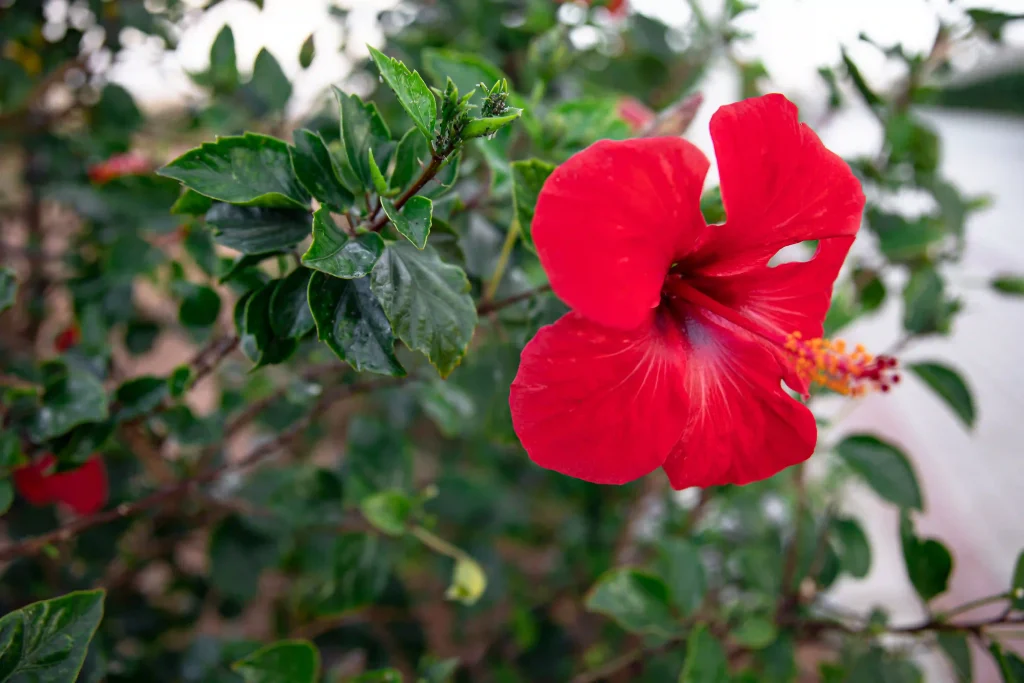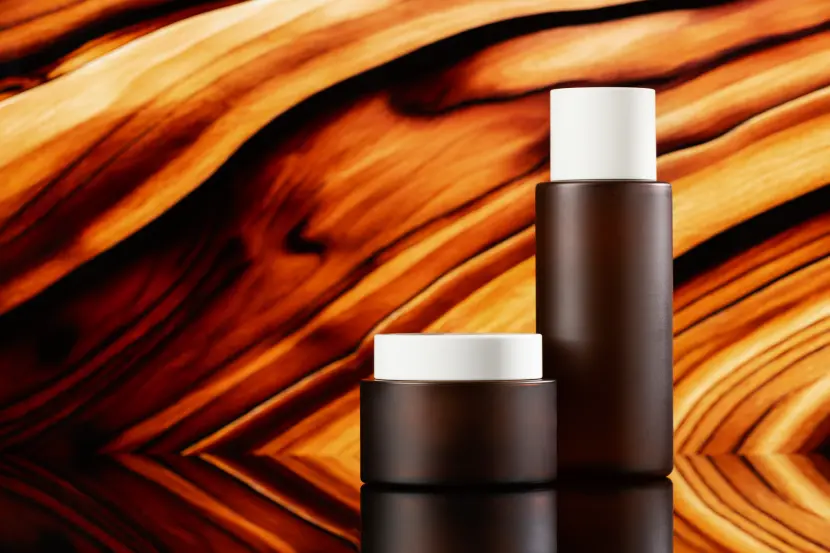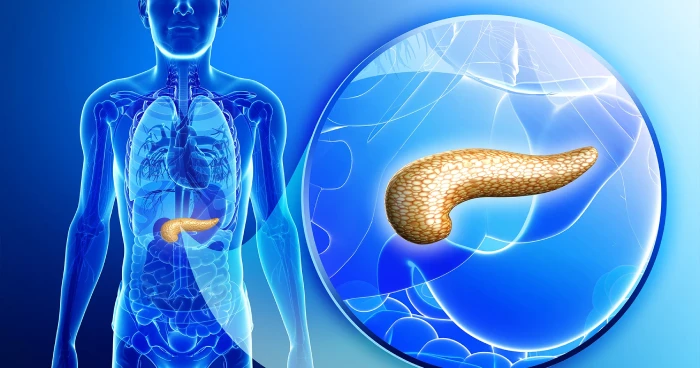Discovering Nature’s Hidden Gem: The Power of Hibiscus
In the vast world of natural supplements and botanical extracts, few ingredients have captured the attention of health enthusiasts and researchers quite like hibiscus flower extract. When we delve into the world of hibiscus, we uncover a fascinating intersection of ancient wisdom and cutting-edge science that offers promising solutions for modern health challenges. What makes this particular extract stand out in the crowded landscape of natural supplements? The answer lies in its unique combination of bioactive compounds and versatile applications.

Origins and Traditional Uses
The journey of hibiscus flower extract begins in the lush landscapes of tropical and subtropical regions, where these magnificent flowers have been cultivated and revered for generations. The deep red calyces of Hibiscus sabdariffa, the species most commonly used to make hibiscus flower tea, have played a central role in traditional medicine systems across Africa, Asia, and Central America. In ancient Egyptian households, hibiscus tea was considered a royal beverage, prized for its refreshing taste and cooling properties. Traditional healers in West Africa have long used hibiscus preparations for supporting cardiovascular health and maintaining overall wellness. The historical significance of hibiscus extends beyond its medicinal applications – it has been deeply woven into cultural practices, religious ceremonies, and daily wellness routines of numerous societies. This rich cultural heritage provides valuable insights into the plant’s potential applications in modern health practices.
What makes hibiscus flower extract so remarkable is its complex chemical composition. The extract contains a powerful blend of anthocyanins (responsible for its striking red color), organic acids including citric and malic acid, and an impressive array of polyphenols. These compounds work synergistically to create a natural product that’s greater than the sum of its parts. The concentration of these beneficial compounds can vary depending on factors such as growing conditions, harvest time, and extraction methods, which is why quality control in production is crucial for ensuring consistent potency and effectiveness.
Health Benefits That Will Surprise You
Cardiovascular Support
The relationship between hibiscus flower extract and heart health has been the subject of numerous scientific studies, and the results are compelling. Research published in various peer-reviewed journals suggests that regular consumption of hibiscus flower extract may help maintain healthy blood pressure levels through multiple mechanisms. A comprehensive study involving 390 participants showed that those who consumed hibiscus flower tea experienced significant improvements in their cardiovascular health markers within just six weeks. The anthocyanins in hibiscus appear to support healthy blood vessel function, while other compounds help maintain optimal cholesterol levels already within the normal range. These findings are particularly significant given that cardiovascular health remains a top concern in modern healthcare.
Beauty and Hair Care Revolution
The application of hibiscus flower for hair care represents one of the most exciting developments in natural beauty solutions. The extract’s natural acids and amino acids work together to nourish the scalp and strengthen hair follicles from the root. In my experience working with various natural beauty products, I’ve found that hibiscus flower powder, when properly formulated, can provide remarkable benefits for hair health. The extract contains compounds that help maintain the hair’s natural pH balance while providing essential nutrients that support healthy growth. Many of my readers have reported significant improvements in hair texture and shine after incorporating hibiscus-based products into their beauty routines. What’s particularly interesting is how the same compounds that benefit cardiovascular health also support scalp circulation, creating a holistic approach to hair care.
Weight Management Support
The relationship between hibiscus flower extract and weight management deserves special attention, as it represents one of the most promising areas of research in natural health solutions. The mechanism behind hibiscus’s potential weight management properties is multifaceted and fascinating. Scientific studies have shown that specific compounds in hibiscus flower extract may influence how the body metabolizes fats and carbohydrates. A particularly interesting study published in the Journal of Functional Foods demonstrated that participants who consumed hibiscus extract showed improved metabolic markers over a 12-week period. The polyphenols present in hibiscus appear to support the body’s natural ability to maintain healthy blood sugar levels already within the normal range, which can be beneficial for those seeking to manage their weight through healthy lifestyle choices. Additionally, the natural acids in hibiscus flower extract may help support digestive health, which plays a crucial role in overall weight management efforts.
Incorporating Hibiscus Into Your Daily Life
The versatility of hibiscus flower extract makes it an exceptionally adaptable addition to various aspects of daily wellness routines. While many people are familiar with traditional hibiscus flower tea, the potential applications extend far beyond this common preparation. Creative culinary enthusiasts have discovered numerous ways to incorporate hibiscus flower in drink recipes, from sophisticated non-alcoholic aperitifs to nutrient-rich smoothie bowls. The extract’s natural tartness and vibrant color make it an excellent addition to both sweet and savory preparations. Professional chefs and home cooks alike have begun experimenting with hibiscus flower powder as a natural food coloring agent and flavor enhancer. The powder can be incorporated into baked goods, breakfast bowls, and even savory sauces, providing both nutritional benefits and aesthetic appeal.
Ruby Refresher Recipe Explained
The Ruby Refresher recipe I mentioned earlier deserves a more detailed exploration, as it represents an optimal way to harness the benefits of hibiscus while creating a delicious beverage. The careful ratio of ingredients has been refined through numerous trials to achieve the perfect balance of flavor and functionality. The inclusion of fresh ginger serves multiple purposes – it not only complements the tart notes of hibiscus but also provides additional digestive support and anti-inflammatory properties. The honey not only sweetens the beverage but also adds its own antimicrobial properties and beneficial compounds. When preparing this recipe, it’s crucial to use filtered water at the correct temperature (around 185°F/85°C) to extract the maximum benefits from the hibiscus flower powder without degrading its sensitive compounds.
Quality Matters: Choosing the Right Product
The importance of selecting high-quality hibiscus products cannot be overstated, as the potency and effectiveness of hibiscus flower extract can vary significantly based on several key factors. When evaluating hibiscus products, consumers should consider multiple aspects beyond just price point. Organic certification ensures that the hibiscus flowers were grown without harmful pesticides or synthetic fertilizers, which is particularly important given that hibiscus readily absorbs compounds from its growing environment. Sustainable sourcing practices not only support environmental conservation but often result in superior product quality, as carefully managed cultivation typically produces higher concentrations of beneficial compounds. The processing methods used to create hibiscus flower extract are equally crucial – cold-pressed or carefully controlled temperature extraction methods help preserve the delicate bioactive compounds that make hibiscus so valuable. Understanding the species of hibiscus used is also vital, as different varieties contain varying levels of beneficial compounds. Hibiscus sabdariffa, for instance, typically contains higher levels of anthocyanins compared to other species.
The Science Behind the Benefits
The scientific community’s growing interest in hibiscus flower extract has led to numerous groundbreaking discoveries about its mechanisms of action. Recent laboratory analyses have revealed that high-quality hibiscus extract contains an impressive array of bioactive compounds, with water-soluble components making up approximately 85-90% of its composition. This high bioavailability is significant because it means the body can efficiently absorb and utilize these beneficial compounds. The antioxidant content in premium hibiscus products, ranging from 250-280 mg GAE/100g, positions this botanical extract among the most potent natural sources of antioxidants available. To put this in perspective, this antioxidant capacity exceeds that of many commonly consumed superfoods. Advanced analytical techniques have identified over 50 different phenolic compounds in hibiscus extract, each contributing to its overall therapeutic potential. What’s particularly fascinating is how these compounds work synergistically – meaning their combined effect is greater than what would be expected from each compound working independently.
Practical Tips for Maximum Benefits
Understanding how to optimize the absorption and utilization of hibiscus flower extract is crucial for achieving maximum benefits. The timing of consumption plays a particularly significant role in its effectiveness. Research indicates that consuming hibiscus flower tea between meals allows for optimal absorption of its bioactive compounds, as there’s less competition with other nutrients for absorption pathways. Clinical observations suggest starting with one cup daily and gradually increasing intake based on individual response patterns. This measured approach allows for proper assessment of how your body responds to the compounds present in hibiscus. Furthermore, the time of day can influence the extract’s effects – some individuals report enhanced benefits when consuming hibiscus preparations in the morning, while others find evening consumption more suitable for their wellness goals. The key is maintaining consistency in your routine while paying attention to your body’s responses.
Storage and Preparation Fundamentals
The proper storage and preparation of hibiscus products significantly influence their therapeutic potential. When storing hibiscus flower powder or dried flowers, several critical factors must be considered to maintain their potency. The molecular structure of hibiscus’s beneficial compounds can be affected by environmental conditions, particularly light exposure and humidity. Storage in an airtight container helps prevent oxidation of the sensitive anthocyanin compounds responsible for many of hibiscus’s health benefits. Temperature stability is another crucial factor – storing hibiscus products in a cool, dry place helps preserve their bioactive compounds. Scientific analysis has shown that properly stored hibiscus preparations can maintain their potency for 6-8 months, though the concentration of certain compounds may gradually decrease over time. Professional grade storage containers with UV protection offer additional benefits for long-term preservation of active ingredients.
Potential Considerations and Safety Profile
While hibiscus flower extract demonstrates an impressive safety profile, understanding its interactions and contraindications is essential for responsible use. Pregnant women should exercise particular caution, as traditional wisdom and modern research suggest that hibiscus may influence hormonal balance. Those taking blood pressure medications should monitor their response carefully, as hibiscus’s natural compounds may enhance the effects of these medications. The extract’s influence on mineral absorption is another consideration – studies indicate that hibiscus contains natural compounds that may temporarily affect the absorption of certain minerals. However, this effect can be mitigated by proper timing of consumption and maintaining a balanced, nutrient-rich diet. Regular monitoring and open communication with healthcare providers ensure safe integration of hibiscus products into existing health routines.

Looking Ahead: The Future of Hibiscus Research
The scientific community’s growing interest in hibiscus flower extract has opened exciting new avenues for research and development. Current studies are exploring the extract’s potential applications in advanced skincare formulations, where its antioxidant properties show promise for supporting skin health at the cellular level. Metabolic research continues to uncover new mechanisms through which hibiscus compounds influence cellular energy production and utilization. Perhaps most intriguing are the ongoing investigations into hibiscus’s cellular protection mechanisms, which may have implications for healthy aging and longevity. Research institutions worldwide are conducting comprehensive studies using advanced analytical techniques to identify and isolate novel compounds that may have additional therapeutic applications. The integration of traditional knowledge with modern scientific methodologies is yielding unprecedented insights into this remarkable botanical.
Making the Most of Your Hibiscus Experience
Success with hibiscus supplementation relies heavily on understanding the principles of proper integration and consistent use. Whether utilizing hibiscus flower extract for cardiovascular support, enjoying hibiscus flower tea for its antioxidant properties, or applying hibiscus-based products topically, patience and consistency are paramount. Professional herbalists and natural health practitioners recommend maintaining a usage journal to track your experience and results over time. This systematic approach allows for better understanding of individual responses and optimal dosing patterns. Additionally, combining hibiscus supplementation with complementary lifestyle practices such as regular exercise, adequate hydration, and stress management can enhance its overall effectiveness.
The Sustainable Choice and Environmental Impact
The cultivation and harvesting of hibiscus for commercial production have significant environmental and social implications that deserve careful consideration. Sustainable farming practices not only ensure the preservation of soil health and biodiversity but also support the economic stability of farming communities. When hibiscus is grown using traditional methods that respect natural ecosystems, it can actually contribute to environmental conservation efforts. Certified organic hibiscus products typically command higher prices, which can provide better income opportunities for small-scale farmers. The entire supply chain, from cultivation to processing and distribution, impacts the product’s overall environmental footprint. Companies implementing responsible sourcing practices often invest in local infrastructure and education, creating a positive cycle of sustainable development.
Final Thoughts
For those considering incorporating hibiscus into their wellness routine, remember to start gradually, choose quality products, and maintain realistic expectations. The benefits of natural supplements often unfold gradually, and individual experiences may vary. As with any health-related decision, consulting with healthcare providers, especially if you have underlying health conditions or are taking medications, remains crucial.
Thank you for joining me on this exploration of hibiscus flower extract. Stay curious, stay informed, and most importantly, stay committed to your health journey. The world of natural wellness is rich with possibilities, and hibiscus stands as a shining example of nature’s potential to support our well-being in numerous ways.



